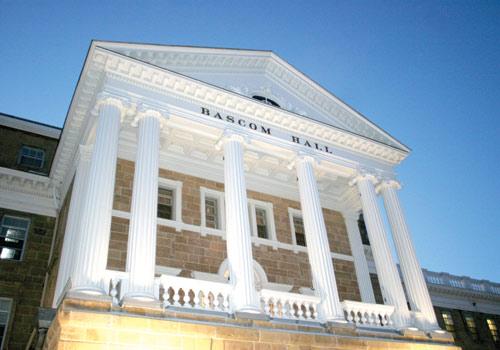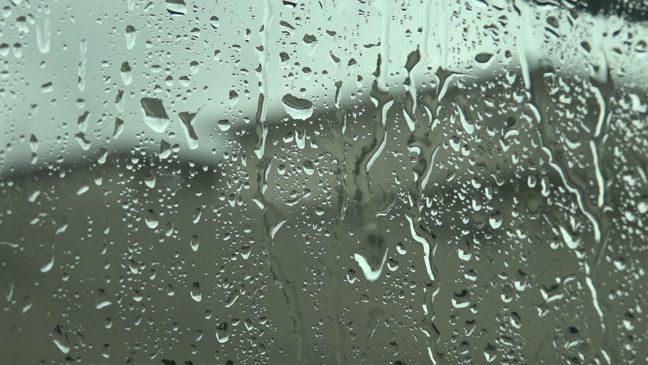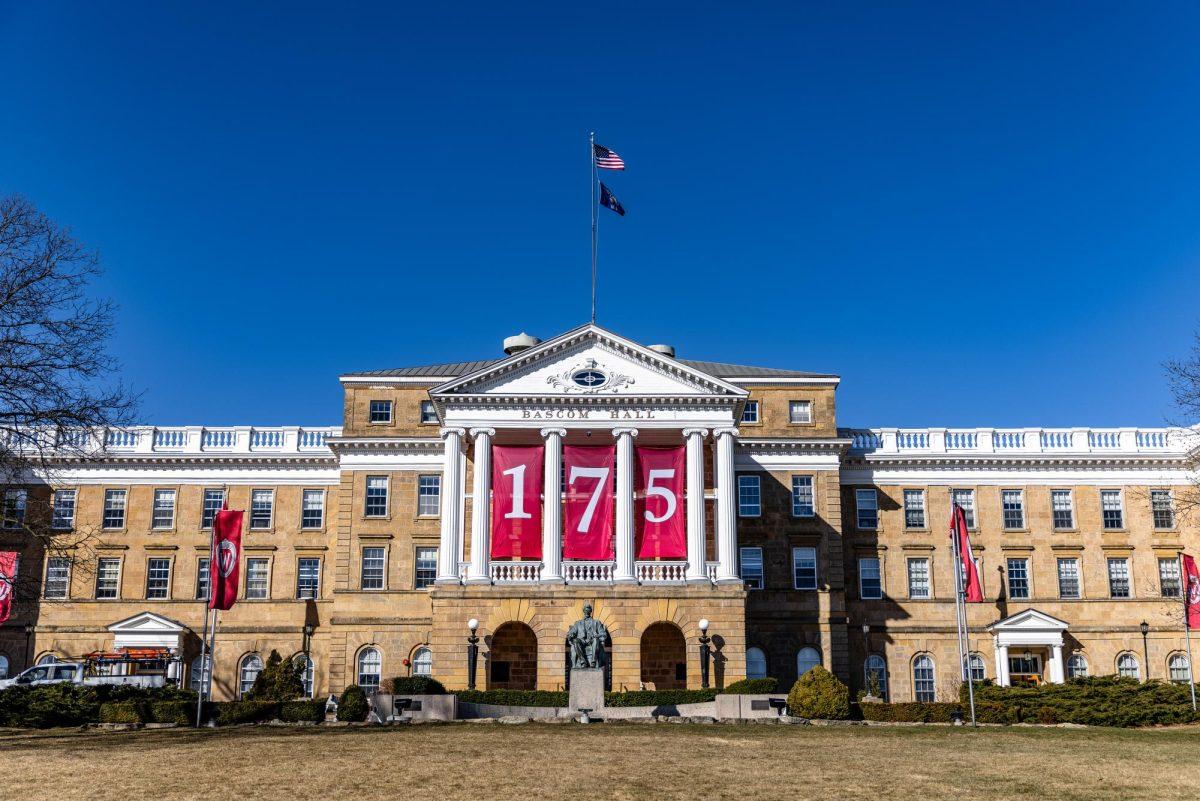The University of Wisconsin System’s fall 2023 first-day enrollment figures revealed a 540 student increase in comparison to fall 2022, according to a UW System press release.
This year’s enrollment show a total of 161,322 registered students, with new freshman enrollment up by 592 students — a 3% increase from last year.
While new freshman enrollment increased at most UW System schools, it decreased at UW–Madison. UW–Madison’s 2022 freshman enrollment was 8,652, while it was 7,976 in 2023, according to records obtained from the UW System. But UW–Madison saw enrollment increases outside of the freshmen class, according to enrollment data.
Overall enrollment increases were concentrated between five of the 13 public universities in Wisconsin, including UW–Green Bay, UW–Whitewater, UW–Platteville, UW–Stevens Point and UW–Madison. Other UW schools showed moderate enrollment declines, according to the press release.
One of the UW System’s key strategic objectives for the future is to foster a 10% graduation rate increase at all UW system schools by 2028, UW System Media Director Mark Pitsch said in an email statement to The Badger Herald. As part of this goal, the UW system is placing an emphasis on increasing enrollment, Pitsch said.
“We are making it easier and less expensive to apply, looking to expand dual enrollment and making growing enrollment a strategic priority,” Pitsch said.
University system administrators are looking to increase high school graduate enrollment from 27% to 34%. In doing this, the system plans to increase yearly transfers from 7,000 to 10,000 students and bring back 1,000 students who previously unenrolled before finishing their degree program each year, according to the UW System 2023-2028 Strategic Plan.
All other branch campuses are currently seeing declines in enrollment except UW–Platteville Baraboo Sauk County, UW–Green Bay Manitowoc and UW–Whitewater Rock County, according to the press release.
The UW system enrollment has been steadily decreasing since 2014. Between 2014 and 2022, UW schools collectively lost 22,999 non-underrepresented minority students, according to UW system enrollment data.
Threat of government shutdown presents local challenges
Changes in enrollment are related to the budget deficits faced by UW System schools following cuts passed by the Wisconsin State legislature, assistant professor in the department of education policy at UW-Madison Taylor Odle said.
Budget deficits may ultimately lead to decreased enrollment but without increases in enrollment, universities can’t fight budget deficits. Universities facing budget deficits and declining enrollment are in a catch-22, Odle said.
“There’s kind of a catch-22 at some of these other campuses, that they’ve had declining enrollment,” Odle said. “So less tuition fee dollars and at the same time, they are bearing the kind of blunt end of this decline in state funding.”
Only around 15% of UW–Madison’s annual budget comes from state of Wisconsin revenue. UW–Madison’s funding is well diversified, which makes it less susceptible to budget cuts. On the other hand, UW–Oshkosh is less diversified and more susceptible to budget cuts and enrollment decline, Odle said.
Chief of Staff to the Chancellor at UW–Oshkosh Alex Hummel said some of the university’s 10-day enrollment data, including both undergraduate and graduate students. UW–Oshkosh has 8,753 students enrolled this fall, which is a 1.9% decrease from 2022, Hummel said.
Additionally, UW–Oshkosh is facing an $18 million dollar deficit following UW System budget cuts last year. But, UW–Oshkosh is facing this deficit head-on, Hummel said.
“There are some things we’re doing here at UW–Oshkosh, including a voluntary retirement program, furloughs and, in the weeks to come, a workforce reduction plan,” Hummel said. “It’s very necessary so that we can make sure that we’re balancing our student population with the workforce necessary to give them a great education.”
These measures will allow UW Oshkosh to move back into budget alignment and balance the university’s workforce with its student population, Hummel said.
The number of college-aged students living in Wisconsin has declined in recent years. Further, the number of Wisconsin’s college-aged students deciding to enroll in university has also declined, Hummel said.
Oshkosh is home to Oshkosh corp., a Fortune 500 manufacturing company, and high school graduates are opting to jump straight into the workforce instead of attending university, Hummel said. Some high school graduates can see starting salaries of $25 dollars per hour, and, as a result, might be more likely to skip higher education and instead go straight into the workforce, according to Hummel. UW–Oshkosh is looking to market their university towards these individuals.
“We need to account for that to make sure that we’re marketing to those learners,” Hummel said. “Yeah, there’s still a great opportunity here to pursue an education and that’ll support them for the long haul.”
UW–Oshkosh is working diligently along with the UW System to address deficits and enrollment decline, Hummel said. UW–Oshkosh has improved its student retention percentage from 67% to 72.5% in the past year alone.
In addition to UW–Oshkosh, nine other UW System schools are facing structural deficits, Pitsch said.
“We are actively engaged with them and offering support in a way that seeks to preserve the student and educational experience,” Pitsch said.
Gov. Evers designates Sept. 25-29 as GEAR UP week
Ensuring that prospective college students understand that investing in a college degree is worthwhile is an important step toward increasing the UW System enrollment. Wisconsin students are unfamiliar with the value of higher education, Odle said.
Those who have college credentials are more recession-proof than those without, Odle said. Moreover, those who have college credentials have larger lifetime earnings than those without.
“When businesses and companies start laying off folks, they are most likely going to be unskilled or less skilled workers, is just a term for people who only have a high school credential or a GED,” Odle said.
Research conducted by the University of Georgetown and published by the U.S. Department of Education demonstrates that Bachelor’s degree holders earn 74% more lifetime earnings than those whose highest completed education is high school, Odle said.
Regardless of these deficits, there is still a path forward for universities facing enrollment declines and Budget cuts, Hummel said.
“We just need to work harder to make sure that people feel successful, that they feel like they’re progressing on a good timetable and that ultimately they’re pursuing that path toward degree,” Hummel said.

















